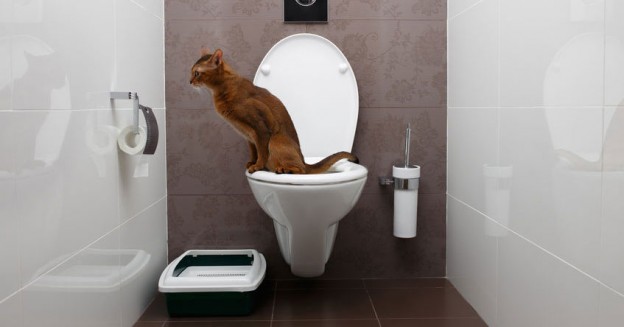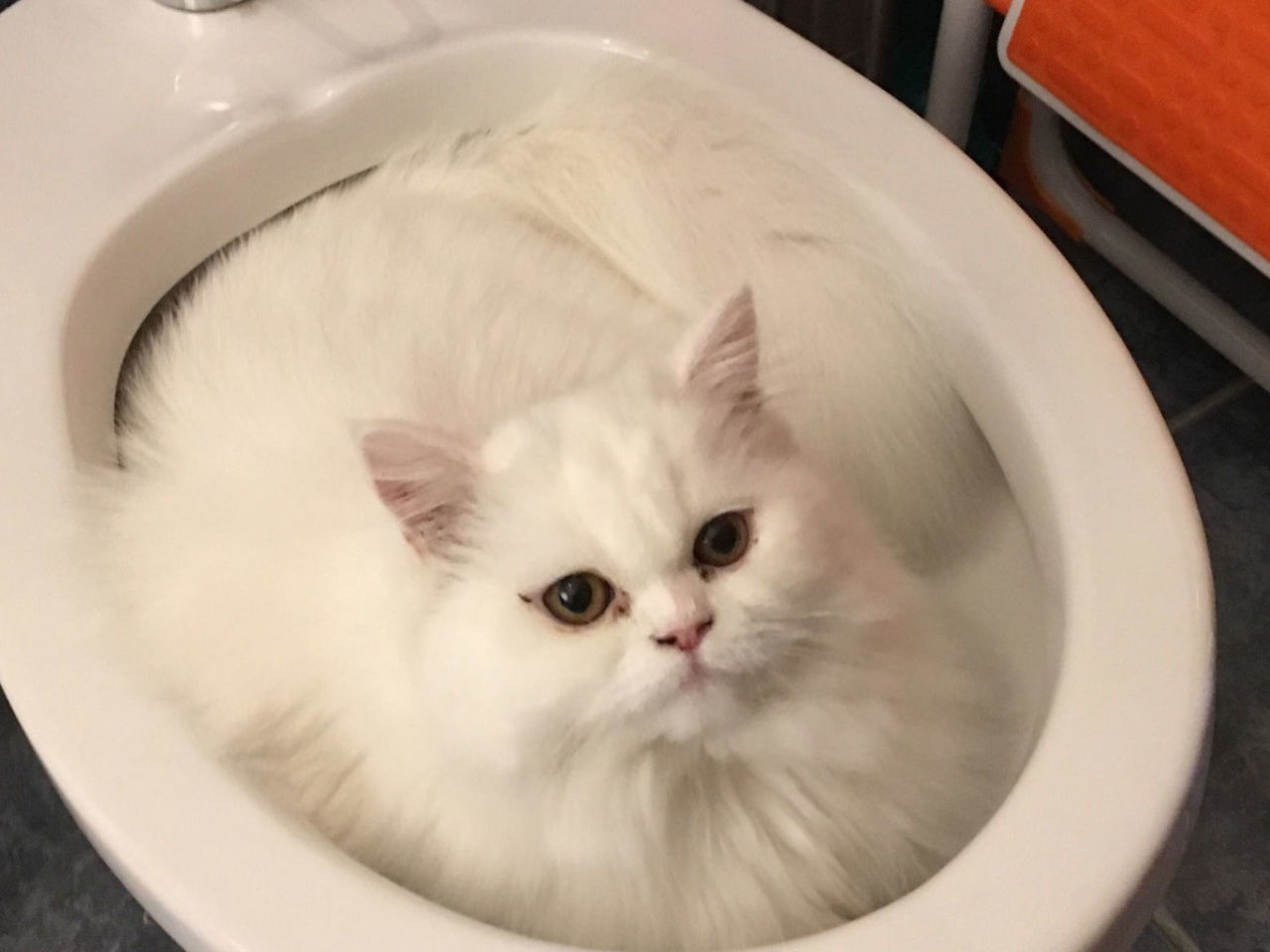How do you feel with regards to How to Dispose of Cat Poop and Litter Without Plastic Bags?

Intro
As feline owners, it's essential to bear in mind exactly how we deal with our feline buddies' waste. While it may seem practical to flush pet cat poop down the bathroom, this practice can have detrimental effects for both the setting and human health and wellness.
Alternatives to Flushing
Fortunately, there are more secure and much more responsible means to get rid of cat poop. Take into consideration the following choices:
1. Scoop and Dispose in Trash
The most usual method of disposing of pet cat poop is to scoop it into an eco-friendly bag and throw it in the garbage. Make sure to use a committed clutter scoop and dispose of the waste without delay.
2. Use Biodegradable Litter
Opt for eco-friendly feline litter made from products such as corn or wheat. These litters are eco-friendly and can be safely thrown away in the garbage.
3. Hide in the Yard
If you have a backyard, think about hiding cat waste in a marked area far from vegetable yards and water sources. Make sure to dig deep adequate to avoid contamination of groundwater.
4. Set Up a Pet Waste Disposal System
Buy an animal garbage disposal system specifically developed for feline waste. These systems use enzymes to break down the waste, minimizing odor and environmental influence.
Health Risks
Along with environmental concerns, flushing cat waste can likewise position wellness threats to people. Pet cat feces might consist of Toxoplasma gondii, a bloodsucker that can cause toxoplasmosis-- a potentially severe illness, particularly for expectant females and individuals with damaged body immune systems.
Environmental Impact
Flushing cat poop introduces unsafe virus and bloodsuckers into the water, posing a considerable threat to water ecological communities. These contaminants can negatively impact marine life and compromise water top quality.
Verdict
Accountable family pet possession expands beyond offering food and shelter-- it likewise entails proper waste management. By refraining from flushing cat poop down the commode and selecting different disposal approaches, we can minimize our ecological footprint and shield human health and wellness.
CAN I FLUSH MY CAT'S POOP DOWN THE TOILET?
Always avoid flushing cat poop down the drain because not only could it potentially contain harmful parasites called toxoplasmosis, the litter could sit in your line and lead to a clog.
Plenty of waste gets flushed down your toilet every day, so what harm could a little cat poop and cat litter do? The answer is a lot, which is why you never want to send it down your drains.
Can I Flush My Cat's Poop Down The Toilet?One of the biggest problems with flushing your cat’s presents is the harmful parasites in your feline’s stool called toxoplasmosis. Extremely dangerous for humans, especially pregnant women and people who are immunocompromised, these parasites can cause a multitude of problems for unborn babies and even cause death or miscarriage if the infection happens early. That’s why you should always avoid touching cat poop. Also, water systems are not equipped to handle toxoplasmosis and are unable to destroy the parasite before it’s sent back into the environment, potentially jeopardizing the health of local area wildlife, specifically marine life.
Flushing cat poop could also lead to a future drain clog. Try as you may to eliminate any litter from it, there will always still be some stuck on there – and even if it says flushable on the label, it’s not! Cat litter is made up of bentonite clay, which has the tendency to harden when wet, creating a thick, almost cement-like quality. Cat litter that ends up down the drain can expand from the moisture in the pipes and then harden, blocking any wastewater. If you have a septic tank or a cesspool, it cannot handle cat litter either, no matter what kind. If it solidifies in the tank, in any of the system’s major parts like the inlet baffle, it’ll create some expensive problems.
The best way to dispose of cat poop safely is to scoop it into a bag and throw it into the trash – and ways of dealing with the smell include adding baking soda and replacing the box more.
Now that we’ve explained the potential harm that flushing cat poop can cause to you and your drains, you might be wondering the best way of dealing with it. Unfortunately, it’s the old-fashioned way of scooping it into a bag and then placing it into a trash can. They also make pet-proof trash cans that lock in the smell, so that you don’t have to always immediately take it out. If you’re tired of smelling the litter box after even just one use from your feline, there’s things you can do to help combat that smell. Adding baking soda to the litter will reduce smells, but just don’t add too much or your cat will no longer want to use the box. You could also replace the box more frequently, at least once a year, as those smells can just seep inside the scratch marks. Lastly, try changing to a new litter formula – some are better with smells than others.

We hope you enjoyed our excerpt about How to Dispose of Cat Poop and Litter Without Plastic Bags. Thanks for spending some time to browse our blog. So long as you enjoyed reading our page plz don't forget to pass it around. Bless you for your time. Kindly stop by our site back soon.
Call Today